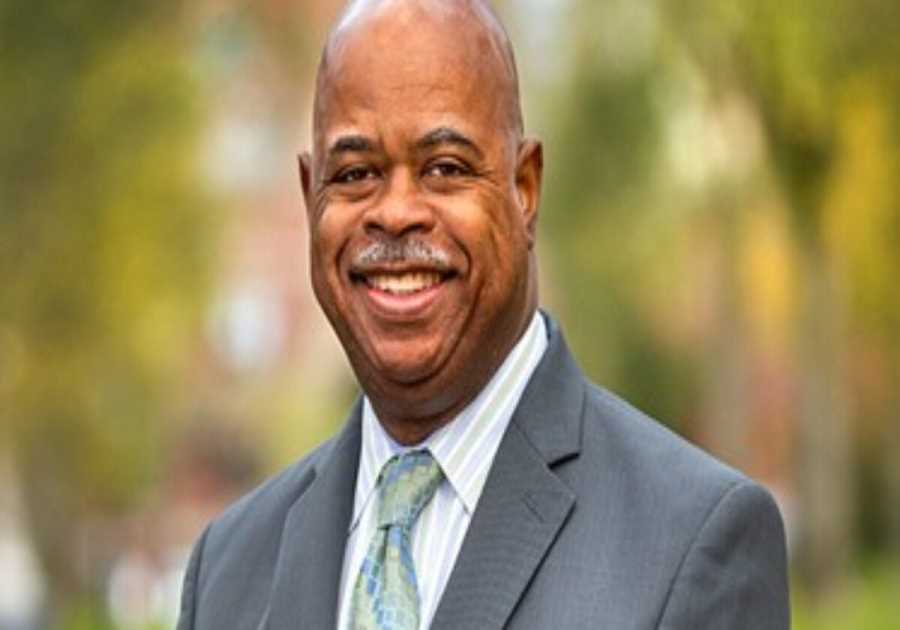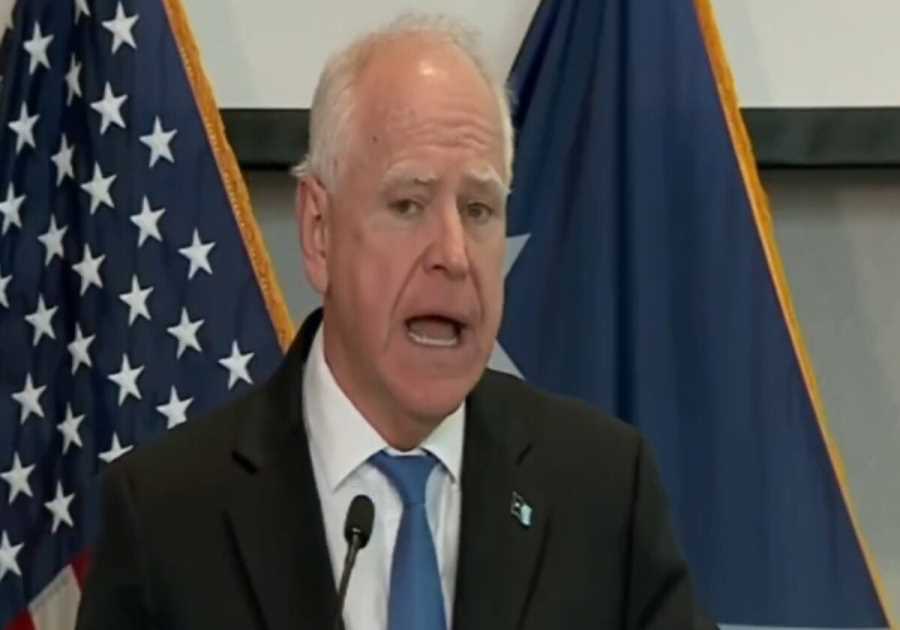Across the country, voters opted to increase housing availability and decrease costs.

The results of the Midterm elections are still shaking out, but throughout the country, the crunch many Americans are feeling when it comes to housing costs was put to a vote. From new candidates who made affordable housing a priority, to a number of measures supporting bond borrowing which would allow the building of mid- to low-income homes, here are some of the highlights that came out of Tuesday’s election.
Texas
- Former Austin City Council Member Greg Casar, whom Dwell interviewed earlier this year, won his seat in Texas’s District 35. Casar spent years trying to increase available affordable housing as a labor organizer—and later succeeded in City Council—and has been particularly focused on creating solutions for the unhoused population. "We won this race on a bold, progressive, unapologetic platform that we’re taking all the way to the U.S. Congress," he said Tuesday.
- Also in Austin, a proposition to allow the city to borrow a $350 million bond to build housing affordable for someone earning less than $61,800 was passed, the largest in the city’s history, four years after a previous large bond was voted through.
Florida
The much-touted first member of Gen Z to enter Congress, Maxwell Alejandro Frost won his election in Florida’s 10th Congressional District. His platform included a wide variety of housing and transit reforms, such as rent stabilization, preventing evictions, and support for the Homes For All Act, which was put forth by Rep. Ilhan Omar earlier this year to invest billions of dollars into public housing.
In Palm Beach, voters approved a $200 million bond that will go towards building 20,000 units aimed at housing middle-class workers.
New York
- In Kingston, Sarahana Shrestha won a seat in the New York state legislature. Shrestha focused her campaign on climate and housing, telling Jacobin previously, "Overall, my big political umbrella is making things more for people, rather than for the market."
- In the East Hampton, Southampton, and Southold, where housing for workers is a major issue, a real estate transfer tax on properties was approved, money from which will fund affordable housing in the areas.
Kansas
- In Kansas City, a proposition that would authorize a $50 million bond for housing at or below 30 percent of the median income (or between $550 and $750 in rent) passed. The measure was pushed forward by KC Tenants Power, a tenants rights organization. Dwell spoke to Tara Raghuveer, the director of KC Tenants, their sibling group, earlier this year, who said, "Our north star is true social housing—something that doesn’t exist in the U.S. currently, and never really has—meaning a way of delivering housing outside the scope of the private market, not available for profit or speculation."
California
- In Los Angeles, the much-discussed United to House L.A. aka Measure ULA, looks poised to pass; the measure would add a new tax to high sale properties in LA county, funds that would then go to build more affordable housing and work to decrease homelessness.
- In San Francisco, two measures passed that would reduce cars on several high-traffic areas, improve street infrastructure, and fund public transportation.
- There were also several other Bay Area measures pushed through addressing vacancy taxes, tenant protections, and funding more affordable housing.
Colorado
- A measure that would add $300 million a year to affordable housing programs and address homelessness is has narrowly passed.
Top photo of Greg Casar by Brandon Bell/Getty Images.
Related Reading:
How Adaptive Reuse Can Help Solve the Affordability Crisis
This Non-Profit Wants to Help You Turn Your Building Into a Co-op
Read More
By: Kate Dries
Title: Here’s Where Affordable Housing Won in the 2022 Midterms
Sourced From: www.dwell.com/article/affordable-housing-wins-2022-midterm-elections-dca7d0f2
Published Date: Wed, 09 Nov 2022 17:34:20 GMT
Did you miss our previous article...
https://trendinginbusiness.business/real-estate/outgrown-your-brokerage-how-to-figure-out-your-next-move
.png)





